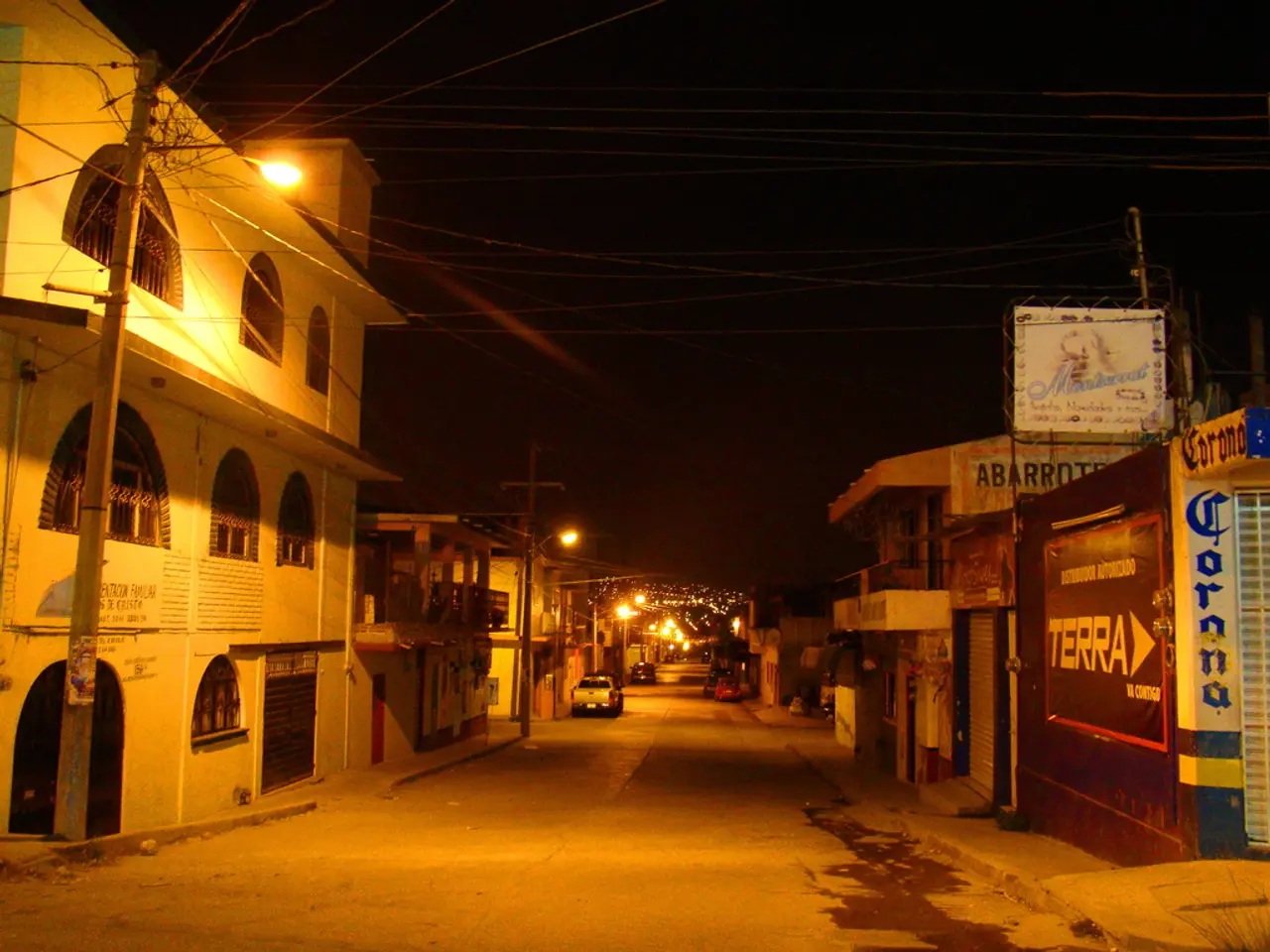Southeast Asia's Soaring Electricity Demand Met by Renewable Potential
Southeast Asia's electricity demand is soaring due to rapid urbanisation, industrial growth, and improved living standards. The region, heavily reliant on imported fuels, faces volatility and supply disruptions. However, it boasts vast renewable potential and ambitious net-zero targets.
In 2024, electricity consumption surged by over 7% in Southeast Asia, nearly double the global average, and is projected to double again by 2050. The region's potential to tap into renewable resources is immense, with an estimated 20TW of untapped solar and wind potential.
Many countries, such as Singapore, Thailand, and Vietnam, are promoting renewable energy adoption through incentives, auctions, and supportive policies. Eight out of ten ASEAN member states have set net-zero emissions targets. Regional initiatives like the ASEAN Vision 2045 and the ASEAN Plan of Action for Energy Cooperation also support clean energy deployment.
Proven low-cost measures can facilitate renewable integration, including enhancing power plant flexibility, improving forecasting, and modernising grid infrastructure. The International Energy Agency (IEA) has established a centre in Singapore to assist the region in addressing these challenges.
Southeast Asia's electricity demand is rising rapidly, but the region's vast renewable potential and ambitious targets offer a path to meet this demand while enhancing energy security. With manageable integration challenges and international support, the region can successfully transition to clean energy.







